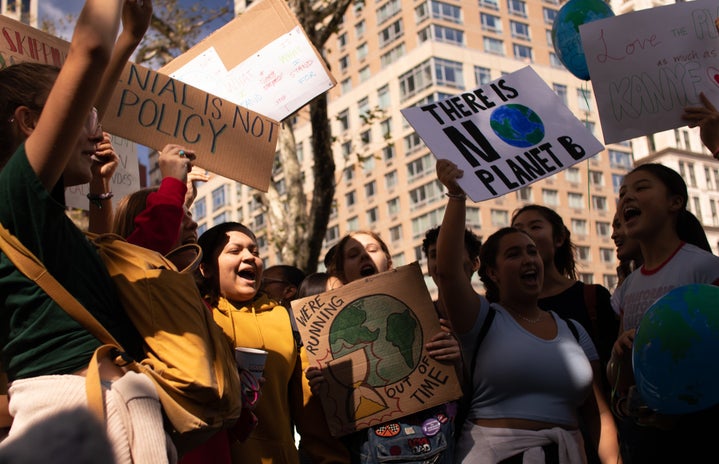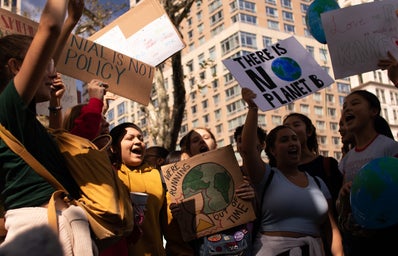Brazil is known for its many movements toward political issues. Since the imperium, Brazilians went to the streets and made noise, expressing their dissatisfaction with the political decisions. Sometimes it works, and sometimes it doesn’t. But something is a fact, young people are always there.
To understand more about the power of the Brazilian youth, get to know a few movements and how they caused political change.
Primavera Secundarista
High school students occupied more than 200 hundred schools, against the closing of the other 100 units. Women between the ages of 15 and 18, tried to negotiate with the government, but as an agreement was not made, they took action.
Classes were suspended, but that didn’t stop people from learning. In the classrooms, they organized commissions for cleaning, cooking, and security, as well as promoting a series of cultural activities, such as concerts and debates.
Many people adhered to the movement, and a pacific manifestation happened in Paulista Avenue, where the police were aggressive towards the women. In the end, the government stepped back on the decision.
The movement started in São Paulo but was spread throughout Brazil, showing the power of young and feminine voices.
“Fora Collor!”
Fernando Collor de Mello was a very problematic President, throughout his government the inflation was high, and ineffective economic plans involved mass dismissal, the freezing of salaries, and the blocking of current and savings accounts. Collor was elected as a popular candidate, but all his failures made the game change, and obviously, the Youth was very present in the great manifestations of “Caras Pintadas.”
Once again high school students made the change. They painted their face with the Brazilian flag colors, wore black or white shirts, and in 1992 millions of people went to the street asking for his impeachment. Which worked, and Fernando Collor left the government.
Claims for education
Until 2003, a big test was applied at the end of every school year, after a manifestation and dissatisfaction, the government ended the test. A year later, more movements managed the creation of ProUni, a program of scholarships for low-income students.
In 2014, the student movement got the approval that guarantees that 10% of the PIB, 75% of oil royalties, and 50% of the Pre-Salt Social Fundgets destinated to education.
Fight against the Dictatorship
During the military regime, students were the leading group fighting against oppression, that happened because they were the leading group, they had their department burned and 125 students went missing during that period. As a way to contest the regime, they went to the streets and even got guns to fight for what was right.
Although we talked mainly about students, all the youth are included in these movements. All of these examples, are to prove the point that when the youth wants something, they fight for it. Also, the participation of young people in political movements opens new horizons to understanding the social and historical moment a society is living.
——————————————————————————————————————————————
The article above was edited by Beatriz Oliveira.
Liked this type of content? Check Her Campus Cásper Líbero home page for more!


